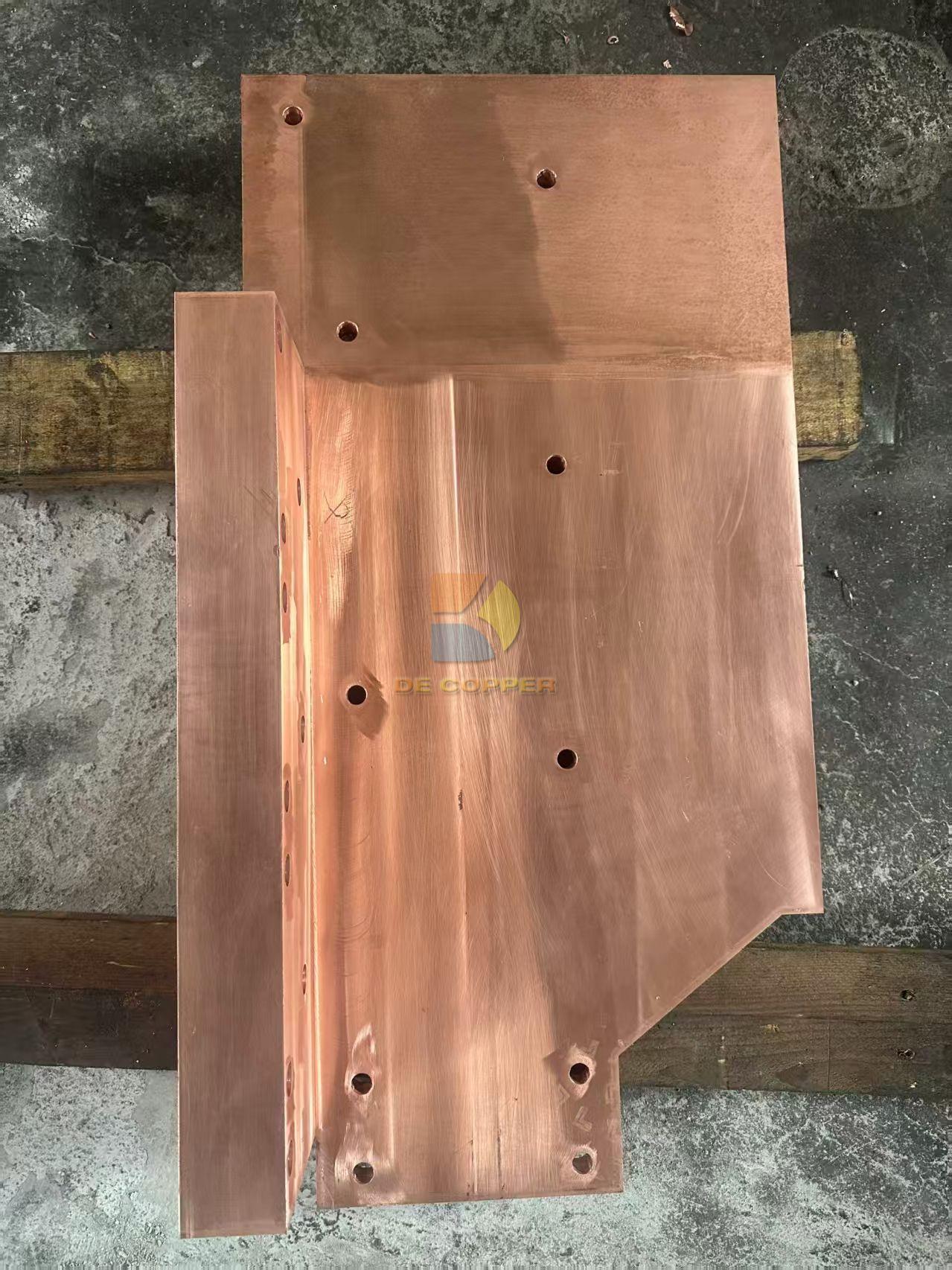close
Choose Your Site
Global
Social Media
Views: 0 Author: Site Editor Publish Time: 2025-09-08 Origin: Site

Chromium-zirconium copper is a very important and commonly used high-strength, high-electrical and high-thermal-conductivity copper alloy. Its internationally recognized grades are C18150 and C18140.
As the name suggests, its primary alloying elements are chromium (Cr) and zirconium (Zr), with the remainder being copper (Cu).
The content is typically between 0.5% and 1.5%. Chromium is a key element in forming strengthening phases.
The content is relatively low, typically between 0.05% and 0.25%. Zirconium refines the grain size and increases the alloy's recrystallization temperature, thereby enhancing its high-temperature strength and softening resistance.
As a base, it ensures the material's excellent electrical and thermal conductivity.
Chromium-zirconium copper is widely used because it perfectly balances the following excellent properties:
Through aging heat treatment (precipitation strengthening), chromium and zirconium compounds precipitate as fine particles and become dispersed within the copper matrix, significantly improving the material's strength, hardness, and wear resistance. Its strength is far superior to that of pure copper.
Despite the addition of alloying elements, its electrical and thermal conductivity remain high (approximately 75%-85% of pure copper), significantly exceeding other copper alloys (such as beryllium copper).
This is a prominent advantage of chromium-zirconium copper. It maintains high strength and hardness at high temperatures, with a softening temperature exceeding 550°C, making it ideal for high-temperature environments.
Wear Resistance: Its high hardness provides excellent wear resistance.
In its solid solution state, it exhibits excellent plasticity and machinability, allowing for both hot and cold working. High strength can be achieved by aging treatment after processing.

The properties of chromium-zirconium copper are primarily achieved through solution treatment and aging treatment.
The material is heated to approximately 980°C-1000°C to dissolve the chromium and zirconium elements into the copper lattice, forming a supersaturated solid solution. This is then rapidly water quenched to achieve a soft microstructure, making the material softer and easier to process.
The solution-treated and cold-worked material is held at 450°C-500°C for a period of time. This allows the supersaturated chromium and zirconium to uniformly precipitate as extremely fine compound particles, significantly improving strength, hardness, and conductivity.
Based on the above properties, chromium zirconium copper is widely used in applications requiring high strength and high electrical/thermal conductivity:
This is its largest application area. It is used in electrodes, grips, and shaft seats for spot welding, seam welding, butt welding, and other applications. Its high conductivity ensures the passage of current, while its high strength and softening resistance prevent deformation and wear under intense pressure and high temperatures.
Used for mold inserts, cores, runners, and other components requiring rapid cooling. Its high thermal conductivity significantly shortens injection molding cycles and improves production efficiency.
Used for mold inserts, sprue bushings, and diverter cones in copper and aluminum alloy die-casting. It offers excellent thermal fatigue resistance and high-temperature strength.
Used in electrical and electronic industries for load-bearing or force-bearing conductive components, such as switch contacts, conductive rollers, rotors, and end rings.
In semiconductor packaging, the lead frame supports the chip and conducts current.
The overhead contact network system used for high-speed railways requires high strength, high conductivity and excellent anti-softening performance.
Pure copper (such as red copper) has excellent electrical and thermal conductivity, but its strength and hardness are very low, and it easily softens and deforms. Chrome-zirconium copper achieves several times the strength at the expense of a small amount of conductivity.
Beryllium copper offers higher strength and excellent elasticity, but its conductivity is lower (approximately 20%-50% of chrome-zirconium copper). Furthermore, beryllium is toxic, making production and processing costs higher. Chrome-zirconium copper is an excellent alternative to beryllium copper in applications requiring higher conductivity.
Chromium-zirconium copper, with the addition of zirconium, exhibits superior softening resistance and high-temperature performance compared to standard chrome-copper (CuCr).
In summary, chromium-zirconium copper is a high-end copper alloy with balanced properties and wide applications. It plays an indispensable role in modern industry, especially in welding and mold fields.